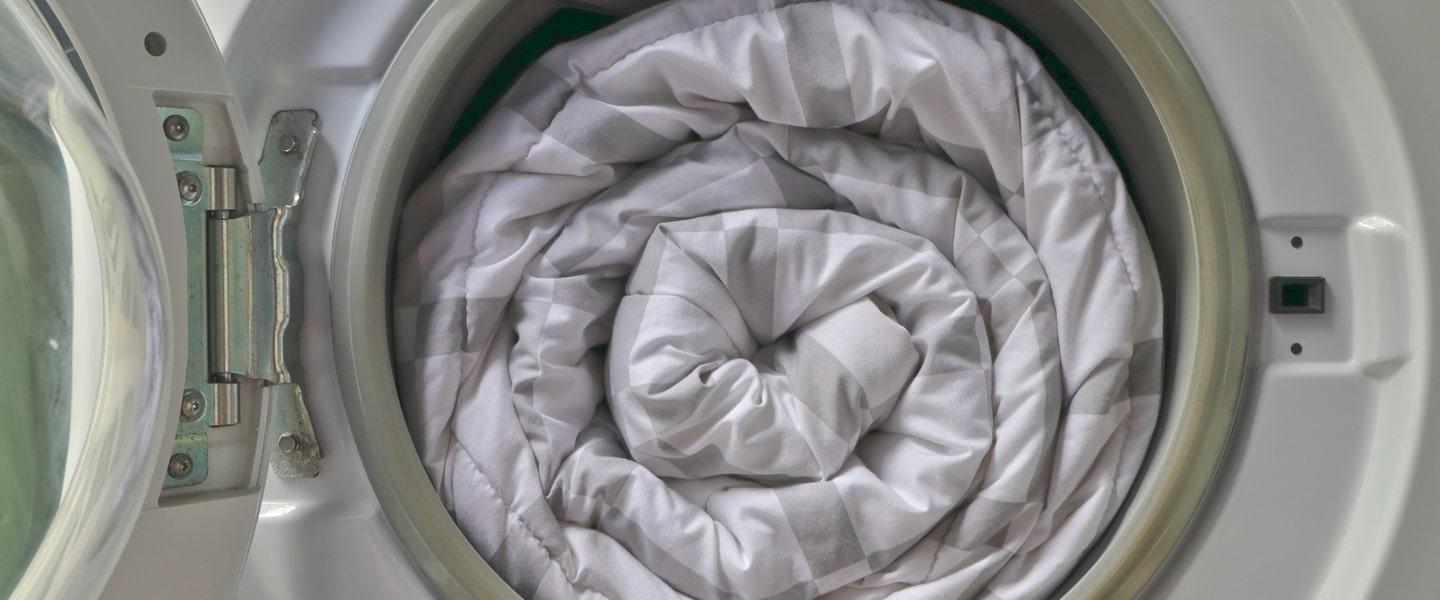Can You Tumble Dry a Duvet?
Sometimes it can be a little daunting to start the process of washing and drying a duvet. But that doesn’t need to be the case. Many duvets are perfectly suited to tumble drying. Duvets with synthetic fillings are especially resilient to tumble dryers.
Duvets have a reputation as an unforgiving type of bedding to wash and dry. Down fibre filling does require some special TLC from owners. But when it comes to tumble drying, a few simple tips should clear up the issue. Can you tumble dry a duvet? Yes, as long as you know how to do it.
Our guide below details everything you need to know about tumble dying your duvet to make sure you know exactly what to do.
Check the washing label
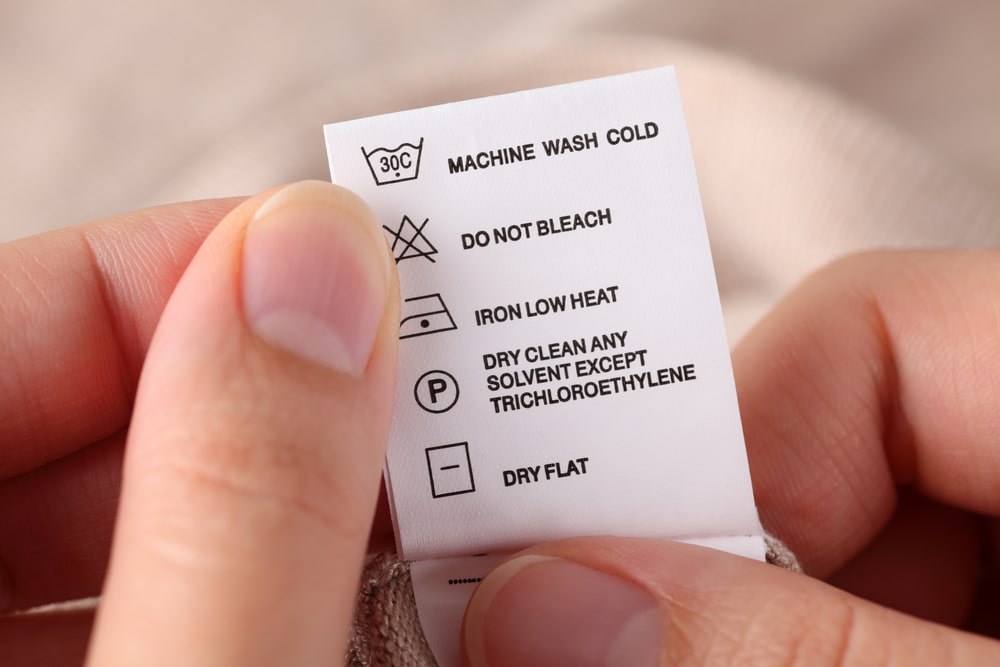
Like all clothing or bedding items, you should always read the washing label before the first wash and dry. Cotton sheets or pillowcases frequently don’t require any special washing or drying instructions, but you’d be surprised at what you can learn from the washing label on your duvet.
The washing label will tell you everything you need to know, such as:
- The spin speed
- Recommended water temperature (most will fall between 30-40 degrees C)
- The filling type (down or synthetic)
- Drying type (tumble or not)
- If dry-cleaning is required
Check the washing label of your duvet before and after your first go-through in the washing machine and tumble dryer. It will give you all the answers you need to ensure that tumble drying is appropriate for your duvet.
Tumble dry on a low heat setting
Regardless of your unique duvet’s washing and drying recommendations, we agree that low heat settings are best. Low heat drying offers several essential benefits for duvets. For one, low heat has less of a chance of damaging, warping or clumping delicate fibres in down, feather duvets, and natural cotton.
Feathers (down) are some of the most heat-sensitive organic fibres there are. If your duvet comes with a synthetic down filling, then the drying heat temperature isn’t as critical as it is for organic fill. But synthetic fibrefill still tends to shrink in high heat.
If the care label tells you not to use heat, it’s best to avoid tumble drying your duvet and go for air drying instead. However, make sure you don’t hang the textile in the sun.
The down fibrefill tends to accumulate at the bottom of the duvet if it hangs from a laundry line (for example) for hours. It’s better to lay the duvet on a flat surface or patch of clean lawn to dry.
Tips to Prevent Clumping
Duvets are quite delicate pieces of bedding, despite all the warmth they bring us. They are essentially large versions of pillows with down or synthetic filling, making them vulnerable to moisture, uneven feather distribution, and clumping.
A duvet with clumped feather filling can mark the end of the bedding. But not always! Luckily, a few top tips can help you prevent clumping and keep your duvet warm and comfortable for years and years.
Fluff the Duvet by Hand
The first defence against clumping in your duvet is to do what we call “fluffing”. Essentially, fluffing is a strategy to remove your duvet from the low heat of the tumble dry cycle every 30 minutes or so.
We recommend pulling your duvet out of the tumble dryer every half an hour to fluff the fill. Remove the textile from the dryer and irritate the filling, allowing it to spread out evenly within the duvet.
Continue removing the duvet and fluffing it every 30 minutes until the bedding is 100% dry. Don’t be afraid to shake or be aggressive with the duvet when fluffing it either!
Tumble Dryer Balls
Many people go through their entire life without using them once, but dryer balls are excellent at preventing duvet clumping. Some people purchase specially-made dryer balls, but you can also substitute tennis balls (or tennis balls wrapped in socks) as well.
Dryer balls act just like your hands and fists when fluffing by hand. They disturb the damp filling as the tumble cycle proceeds, ensuring it is as dry as the covering.
As always, check your care label before throwing in a couple of dryer balls to the cycle. Some fragile duvet materials can’t handle the relatively strong impact of dryer balls.
Partially Air Dry Outside
Of course, you’re free to air dry any duvet you wish and forego the tumble dry. But you can take advantage of the efficiency of the tumble dry and the gentleness of an air dry simultaneously! Partially tumble dry your duvet for the first half of the cycle, then finish it outside.
We recommend keeping the duvet in the tumble dry until it’s not dripping wet. Don’t try to speed up the drying process by twisting out excess water. You’ll likely damage the damp feather lining and make any clumping worse.
It’s an excellent idea to air dry your duvet for a few minutes, regardless of whether you tumble dried for the entire cycle or not. The duvet lining will relax and dry more evenly if you end the drying cycle with a cool air dry session.
Never Iron
Don’t iron a duvet, no matter what the cover fabric is or the filling type. You should notice a “no ironing” symbol on the care label. Ironing duvets is a sure-fire way to scald the filling, sear in any wrinkles, and possibly ruin the entire bedding.
Removing wrinkles in a duvet doesn’t require a hot iron. You can almost always get the effect of an ironed fabric by air drying and fluffing your duvet for about two hours.
Additional Duvet Drying Tips
- Always compare the volume of your tumble dryer at home to the size of your duvet, whether it is a single duvet, double duvet, king size duvet, or super king size duvet. Overstuffing a duvet in a small dryer can cause uneven drying, severe wrinkling, and semi-damp fill fibres. You don’t want that!
- Avoid drying your duvet more than once or twice a year. Over-drying will dramatically reduce the lifespan of your duvet. If the cover gets dirty or has a stain, learn how to get stains out of duvets by spot-cleaning instead.
- Have you worried about under-drying your duvet? One tip is to weigh the duvet before and after the tumble dry cycle. If the bedding has put on a few kilos, you know it’s not dry yet.
- For dryer balls, reach for 100% organic wool products. They last longer and do a better job of fluffing the duvet without too much impact on the covering.
To find out more about which duvet is best for you or need guidance on washing a duvet, how to get stains out of duvets, get in contact with our team at Sleepseeker.
We offer a variety of bedding from luxury duvets and pillows to mattress toppers and pillow protectors.
What's trending now...
-
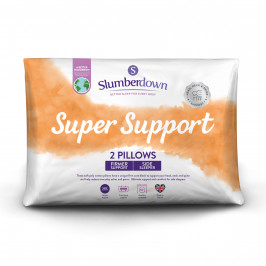
Slumberdown Super Support Firm Support Side Sleeper Pillow, 2 Pack
£17.00
Shop Now -
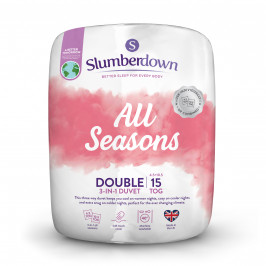
Slumberdown All Seasons Combi 15 Tog (10.5 + 4.5 Tog) Double Duvet
£30.50
Shop Now -
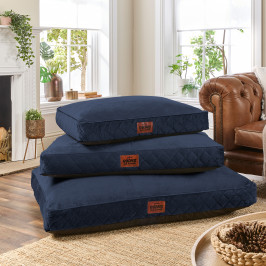
Slumberdown Paws for Slumber Navy Pet Bed, Large
£49.00
Shop Now -
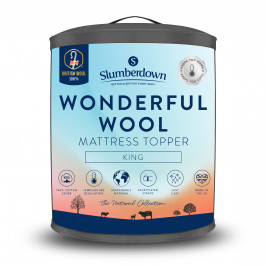
Slumberdown Wonderful Wool Mattress Topper, King
£60.00
Shop Now -
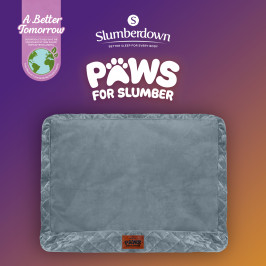
Slumberdown Paws for Slumber Extra Large Pet Bed Spare Cover, Grey
£20.00
Shop Now -
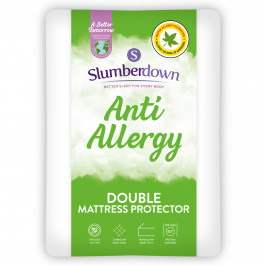
Slumberdown Anti Allergy Mattress Protector - Double
£20.50
Shop Now -
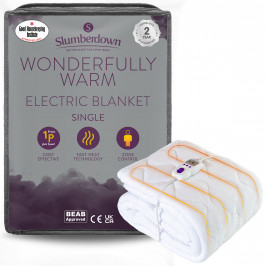
Slumberdown Wonderfully Warm Electric Blanket - Single
£60.00
Shop Now -
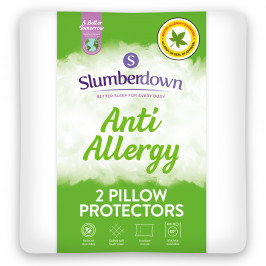
Slumberdown Anti Allergy Pillow Protector - Pack of 2
£15.50
Shop Now -

Slumberdown Paws For Slumber Sherpa Pet Bed, Medium
From: £25.00
Shop Now -
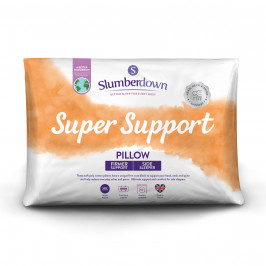
Slumberdown Super Support Firm Support Side Sleeper Pillow
From: £17.00
Shop Now -
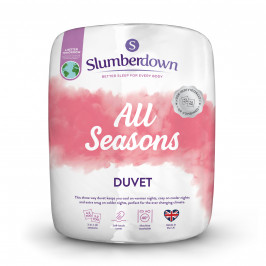
Slumberdown All Seasons Combi Duvet
From: £25.50
Shop Now -

Slumberdown Paws for Slumber Large Pet Bed
From: £49.00
Shop Now -
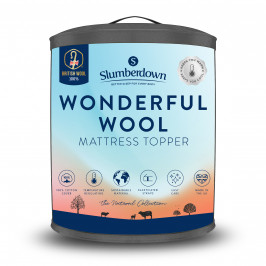
Slumberdown Wonderful Wool Mattress Topper
From: £54.50
Shop Now -
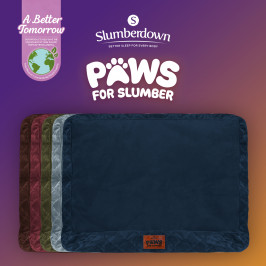
Slumberdown Paws for Slumber Extra Large Pet Bed Spare Cover
From: £20.00
Shop Now -
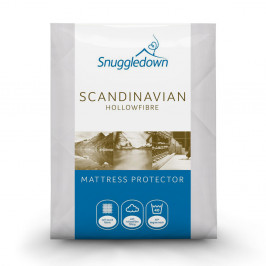
Snuggledown Scandinavian Hollowfibre Mattress Protector
From: £14.00
Shop Now -
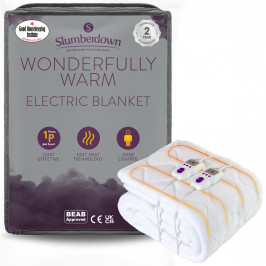
Slumberdown Wonderfully Warm Electric Blanket
From: £60.00
Shop Now -
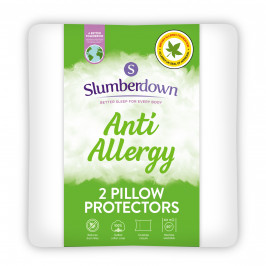
Slumberdown Anti Allergy Pillow Protector
From: £15.50
Shop Now -
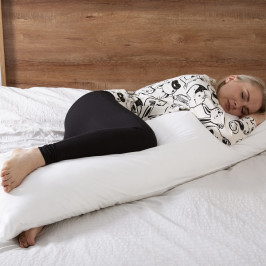
Slumberdown Body Support Pillow, 1 Pack, Includes 100% Cotton Pillow Case
£20.00
Shop Now -
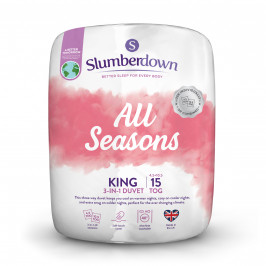
Slumberdown All Seasons Combi 15 Tog (10.5 + 4.5 Tog) King Size Duvet
£34.00
Shop Now -
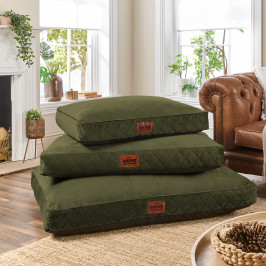
Slumberdown Paws for Slumber Olive Green Pet bed, Medium
£39.00
Shop Now -
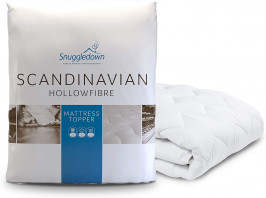
Snuggledown Scandinavian Hollowfibre Mattress Topper - Super King
£35.50
Shop Now


